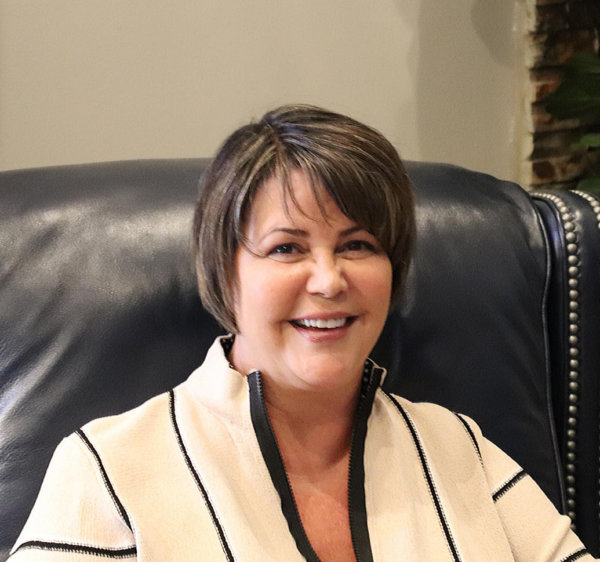During these trying times, most of the news surrounding the anticipated severity and duration of the Coronavirus pandemic has been resoundingly negative. So, it was welcome news when a Nobel laureate and Stanford biophysicist – who correctly predicted the pandemic’s relatively mild effect on China – recently forecast a similar result for the United States and the most other nations.
Michael Levitt, who received the 2013 Nobel Prize in chemistry for developing complex models of chemical systems, disagrees with the many epidemiologists who are warning of months, or even years, of massive social disruption and millions of deaths across the world. On March 23, 2020, Levitt told the Los Angeles Times that the data simply did not support such a dire scenario, especially in areas where reasonable social distancing measures are in place.
“What we need is to control the panic,” Levitt told the Times. In the grand scheme, “we’re going to be fine.”
Unlike others who have painted hopeful pictures for the pandemic, Levitt has a track record of proven success in predicting its path. Indeed, two months ago Levitt forecast its effect on China with uncanny accuracy.
On January 31, 2020, China had 46 new deaths due to coronavirus, compared to 42 new deaths the day before. Although the number of daily deaths had increased, Levitt immediately noted that the rate of increase had begun to ease off, which signaled a shift in the outbreak’s trajectory. The next day, February 1, 2020, Levitt reported that this decreased rate of increase “suggests that the rate of increase in the number of deaths will slow down even more over the next week.” And soon, he predicted, the number of deaths would be decreasing every day.
Three weeks later, in mid-February, Levitt told the China Daily News that the virus’ rate of growth had peaked. He predicted at that time that the total number of confirmed COVID-19 cases in China would end up around 80,000, with about 3,250 deaths.
Levitt’s forecast proved to be astoundingly prescient. As of March 16, 2020, one month after Levitt’s prediction, China had reported a total of 80,298 cases and 3,245 deaths. And the number of newly diagnosed patients in China had dropped to around 25 per day, with no cases of community spread.
Now, Levitt is seeing similar turning points in other nations, even those that did not install the draconian isolation measures that China did. Levitt analyzed data from 78 countries that reported more than 50 new cases of COVID-19 every day and sees “signs of recovery” in many of them, according to the Times. Unlike many of the dire reports inundating us daily, Levitt is focused not on the total number of cases but on the number of new cases each day and, more precisely, the change in that number from one day to the next.
“Numbers are still noisy, but there are clear signs of slowed growth,” Levitt told the Times. And even though the official case counts in many areas are artificially low because testing is spotty, Levitt said that “a consistent decline means there’s some factor at work that is not just noise in the numbers.” In other words, so long as the reasons for the inaccurate case counts remains static, it is still useful to compare them from one day to the next.
Levitt noted that the trajectory of deaths also supports his findings because it follows the same basic trends as the new confirmed cases. So does data from outbreaks in confined environments, such as the one on the Diamond Princess cruise ship. Out of 3,711 people on board, 712 were infected, and eight died. In short, just 19% of those exposed became infected, and just 1% of those infected passed away.
From that data, Levitt estimated that contracting the coronavirus roughly doubles a person’s risk of dying in the next two months. Because most people have an extremely low risk of death in any two-month period, that risk remains extremely low even when doubled.
Levitt emphasized that he agrees with those calling for strong measures to fight the outbreak. He said that social distancing measures – especially the ban on large gatherings – are critical because the virus is so new that the population has no immunity to it, and a vaccine is still a year or more away. “This is not the time to go out drinking with your buddies,’ he told the Times.
But Levitt also blamed the media for triggering unnecessary panic by focusing on the relentless increase in the cumulative number of cases and by spotlighting celebrities who contract the virus. In contrast, he noted that, while the flu has sickened 36 million Americans since September 2019 and killed an estimated 22,000, according to the Center for Disease Control, those deaths went largely unreported. Although the COVID-19 fatality rate appears to be significantly higher than that of the flu, Levitt said it is, in the big picture, “not the end of the world.”
Levitt further noted that the public health measures which have shut down large swaths of the economy could cause their own health catastrophe, as lost jobs lead to stress, hopelessness and depression. Researchers have repeatedly found that suicide rates spike dramatically when the economy spirals down.
All of which, Levitt stressed, underscores the necessity of reporting the objective facts to the public with the degree of optimism and hope they deserve. “The real situation is not nearly as terrible as they make it out to be,” Levitt concluded.


